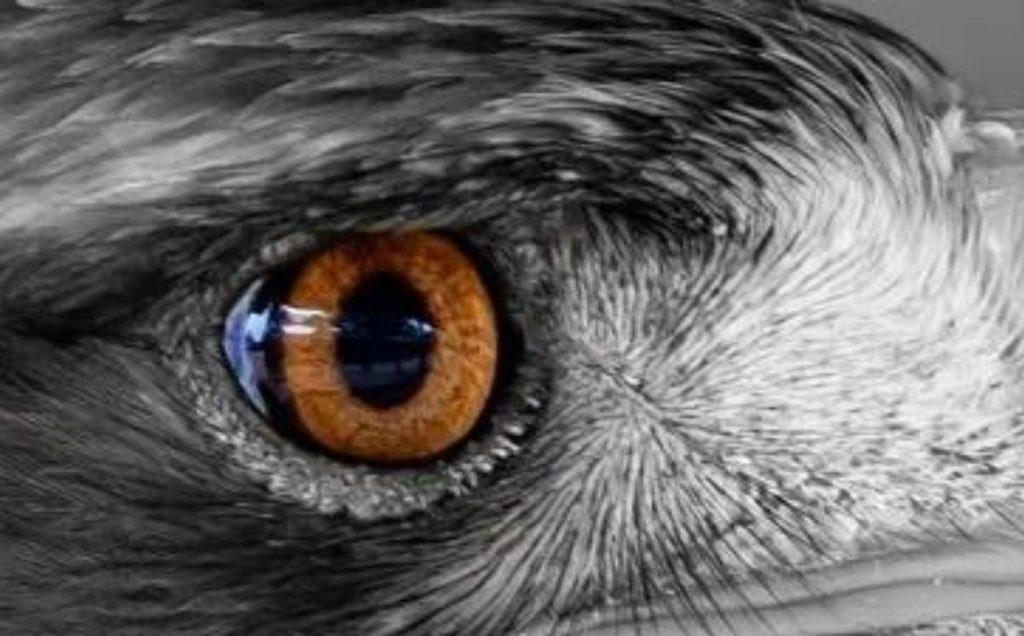-
Новости
- ИССЛЕДОВАТЬ
-
Страницы
-
Группы
-
Мероприятия
-
Reels
-
Статьи пользователей
-
Offers
-
Jobs
-
Форумы
-
Кинозал
Step-by-Step Guide to Understanding Hawks Vision in Nature

Introduction: Seeing the World Through a Hawk’s Eyes
Imagine soaring high above a forest, gliding effortlessly, when suddenly a tiny mouse scurries across the ground below. To most creatures, it would be nearly invisible but not to a hawk. Hawks have long fascinated humans for their incredible sight, and understanding hawk vision is like unlocking a window into a world of precision and purpose.
As someone fascinated by technology and natural systems, I often find myself drawing parallels between the advanced visual acuity of birds of prey and high-performance optical systems in IT and robotics. Studying how hawks perceive the world isn’t just awe-inspiring it can teach us a lot about design, perception, and problem-solving.
Step 1: Understanding the Structure of the Eyes
At the heart of hawk vision lies the incredible anatomy of their eyes. Unlike humans, hawks have a much larger proportion of their skull devoted to their eyes. Their Accipitriformes family members, including the sparrowhawk and eagles, have tubular-shaped eyes that maximize light intake and focus.
This unique structure of the eyes allows them to detect fine details from hundreds of feet above the ground. Imagine trying to read the small print on a billboard while flying at 100 mph that’s the kind of precision these birds have naturally.
Step 2: The Power of Visual Acuity
One of the most remarkable features of hawks birds is their visual acuity. Hawks can see objects four to eight times more clearly than humans, thanks to a high density of photoreceptor cells in their retinas.
This extraordinary sharpness allows them to spot prey like mice, rabbits, or even insects from great distances. If you’ve ever watched a nature documentary and marveled at a hawk diving for its prey with surgical accuracy, this is why it’s possible.
Step 3: Binocular Vision and Depth Perception
Hawks also benefit from binocular vision, meaning their eyes have overlapping fields of view that enable precise depth perception. This is essential for hunting, as it helps them judge distance and speed when swooping down to catch prey.
Interestingly, this binocular setup is far more advanced than in many other birds. It’s part of what sets birds of prey apart from the rest of the avian world, giving them an edge in both survival and efficiency.
Step 4: Color Sight and Tracking Movement
Another fascinating aspect of hawk vision is their exceptional color sight. Hawks can see a broader spectrum than humans, including ultraviolet light. This helps them detect subtle movements and track prey, even when it blends into its environment.
For example, a sparrowhawk can spot the reflective sheen of a mouse’s fur or the slight motion of a vole under the grass details that would be invisible to most other animals. This ability to detect fine movement is a combination of bird vision adaptation and evolutionary necessity.
Step 5: Comparing Hawk Vision to Eagle Eyesight
While eagle eyesight is often considered the pinnacle of raptor vision, hawks are no slouches. Both species share incredible acuity and color perception, but hawks tend to have faster focus adjustments, allowing them to react to sudden movements more efficiently.
Observing these differences gives insight into how evolution tailors Accipitriformes species to their hunting strategies, and it’s a reminder of how design in nature often inspires human innovation.
Conclusion: Lessons From Hawk Vision
Studying hawk vision isn’t just for birdwatchers or biologists it’s a lesson in precision, adaptation, and efficiency. From the structure of the eyes to binocular vision and color sight, hawks demonstrate nature’s incredible engineering.
Next time you see a bird of prey gliding above, take a moment to imagine the world through its eyes. As someone exploring a career in IT, I find it inspiring to think about how these natural systems can inform our work in optics, robotics, and AI vision systems. Hawks may be small in number, but their vision is a giant in the world of biological design.
- AI
- Vitamins
- Health
- Admin/office jobs
- News
- Art
- Causes
- Crafts
- Dance
- Drinks
- Film
- Fitness
- Food
- Игры
- Gardening
- Health
- Главная
- Literature
- Music
- Networking
- Другое
- Party
- Religion
- Shopping
- Sports
- Theater
- Wellness


